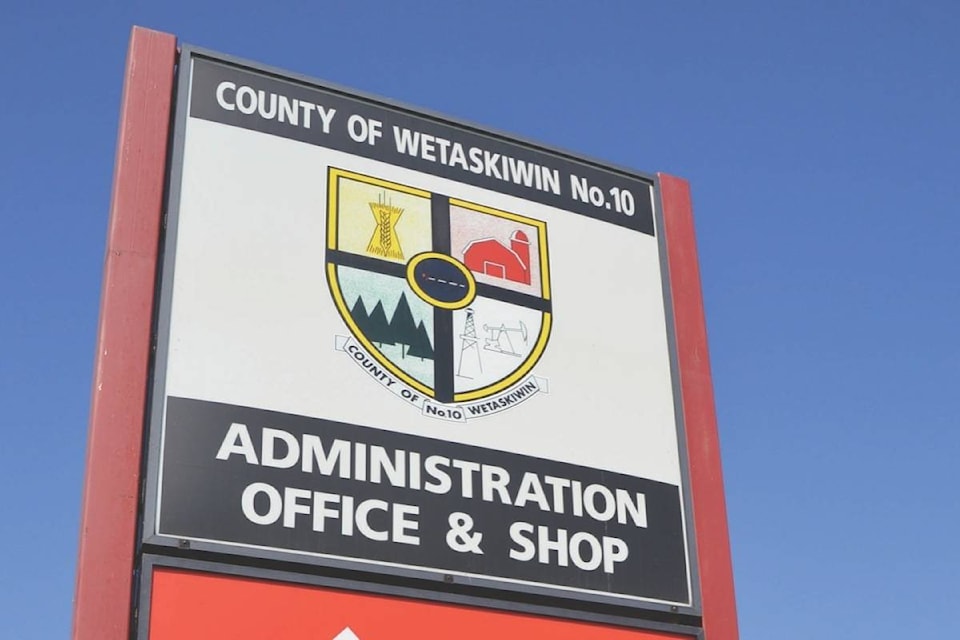County of Wetaskiwin council decided at their Public Works council meeting Nov. 26 things will remain status quo at a waste transfer station, for now.
The Hilgartner waste transfer station is located in Division 1, and is not very busy most times, noted Public Works director Neil Powell in his report to council.
“The County has received notice of retirement from the residing Hilgartner Transfer Station attendant and the retirement date is set for the end of December 2019,” stated Powell’s report.
“This position is considered permanent part-time with a typical two - (8 hr) day work week (Tuesday, Saturday). As is the case for each retirement, the County will take the opportunity to examine the position for its validity, effectiveness and ongoing necessity.
“The Hilgartner Transfer Station has been in operation for several years. It is a low volume solid waste collection site that contains two roll off bins, an agricultural recycle shed and a recycling area to temporarily store televisions, electronics, paint and small batteries.
“Of the nine total transfer stations in the County, this site has the lowest volume of waste to contend with. Essentially, all waste that is brought to the site is shipped out as the site does not have capacity for receiving metal, tires, burnable waste etc.
“Over the past 5 years, the Hilgartner site has averaged 105,472 tonnes of material per year. This, versus the busiest transfer station site at Lakedell which has averaged 779,505 tonnes per year over the same period. The total operating cost for the Hilgartner site for the 5-Year period of 2014-2018 inclusive is $154,922. The average annual operating cost is $31,000 which equates to approximately $0.30 per tonne of handled material. This includes all the labour, material and equipment to run the site and is inclusive of the hauling cost to transport the waste to the WDML landfill.
“The tipping fees charged at the WDML landfill are not included in the overall cost.
“As this is a low volume site with respect to other County transfer station sites, consideration can be given to shutting the site down and repurposing the infrastructure to other transfer station facilities. However, the area it supports within Division 1 will still generate 105,000 tonnes of annual waste material which will need to be delivered to the next nearest facility near Gwynne.”
Powell noted Gwynne currently handles an average of 236,000 tonnes of material per year. If the Hilgartner waste was to be added, the net overall increase to the Gwynne facility would be 44%. “This would likely necessitate adding roll off bins and conducting other site upgrades to the Gwynne site,” he stated in his report.
“To shut down the Hilgartner site would only save $21,000 in transfer station labour costs. Users of the facility would have to transport their waste an additional 20 km to reach the Gwynne site. The existing County effort to transport the Hilgartner waste to WDML would simply shift to the Gwynne facility, therefor there would be no cost savings associated with this activity outside of a slightly less haul distance to WDML.”
Councilor Bill Krahn said, if the station was closed and people required to transport their waste, he felt burning and burying waste could increase.
Councilors eventually voted in favour of leaving the Hilgartner station at its current level of service.
